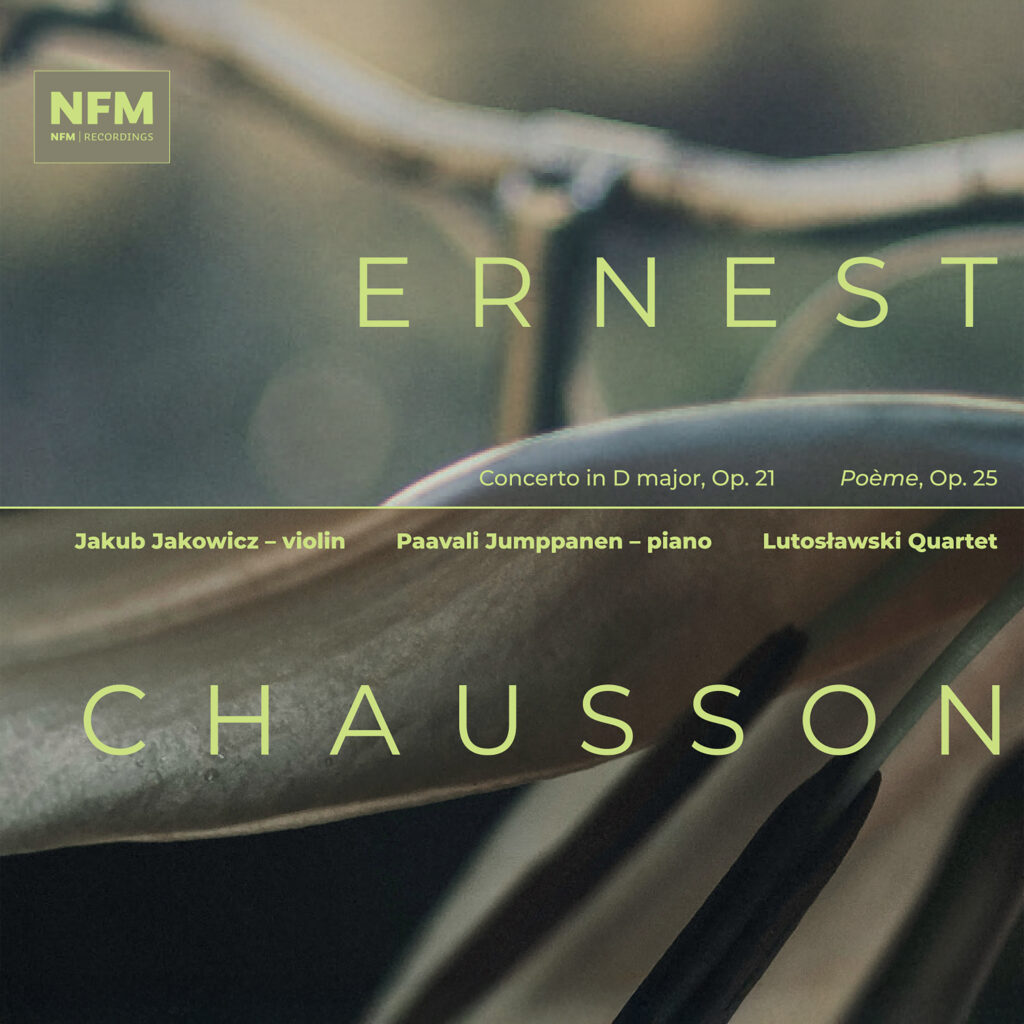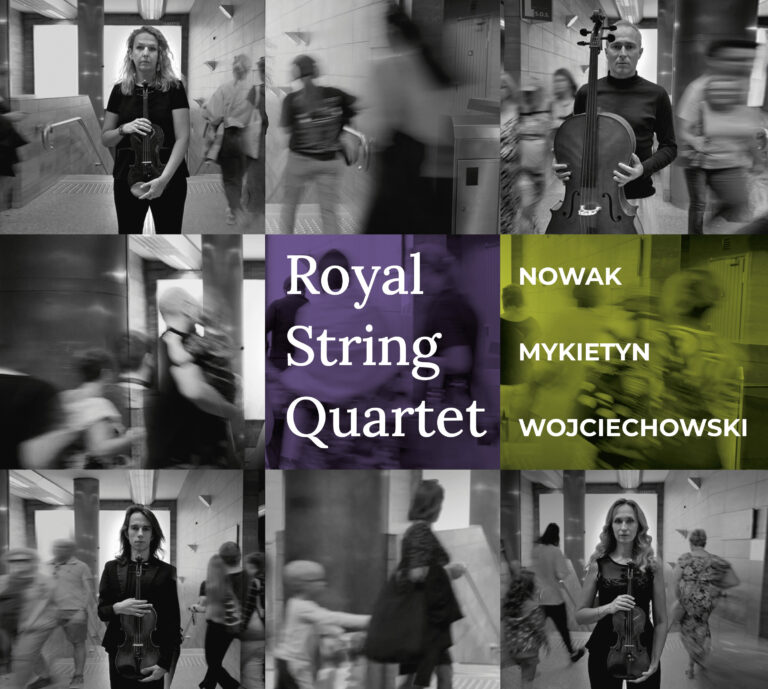
Ernest Chausson – Concerto in D major, Op. 21 Poème, Op. 25
PERFORMERS:
Jakub Jakowicz – violin
Paavali Jumppanen – piano
Lutosławski Quartet
Bartosz Woroch – 1st violin [1–4]
Roksana Kwaśnikowska – 1st violin [5]
Marcin Markowicz – 2nd violin
Artur Rozmysłowicz – viola
Maciej Młodawski – cello
RELEASE DATE: 08/2025
CATALOGUE NO. ACD 347
GENRE: chamber music
When Ernest Chausson was born, it was still in the Berlioz era, his future teacher, César Franck, was 33; Jules Massenet, also his professor, was 13; and Gabriel Fauré, who would eventually become ‘the greatest musical authority in France at the time’, was only 10. Claude Debussy was not yet born. Interestingly, by a fatal twist of fate – a bicycle accident during a vacation – Chausson’s earthly path ended almost at the very end of the 19th century, although his late work already indicated the future horizon of music. Nota bene, the so-called musical Impressionism broke out in France in 1894, with the first performance of Debussy’s Prélude à l’Après-midi d’un faune. Yet it is hard to avoid the thought that Ernest Chausson occupies a special position in the galaxy of French composers of the second half of the 19th century. And it is not only about – otherwise a catchy slogan – ‘him being the link between Franck with Debussy’. If there had been no Chausson, then European music, and not only French music, would have been lacking a seasoned lyricist, a composer gifted with extraordinary melodic inventiveness, susceptible to poetic moods and sensitive to the nuances of text. Even in the sphere of purely instrumental works, Chausson appears to be a sensitive person, one that is hard to find; a creator who is tender and delicate to the extreme.
Marcin Majchrowski (transl. by Anna Marks)
Ernest Chausson (1855–1899)
Concerto in D major, Op. 21 for violin, piano and string quartet (1888–1891) [40’59]
[1] Décidé. Animé 14’40
[2] Sicilienne 4’27
[3] Grave 10’09
[4] Très animé 11’06
[5] Poème Op. 25 for violin, piano and string quartet (1896) 15’47
total time: 56’51



